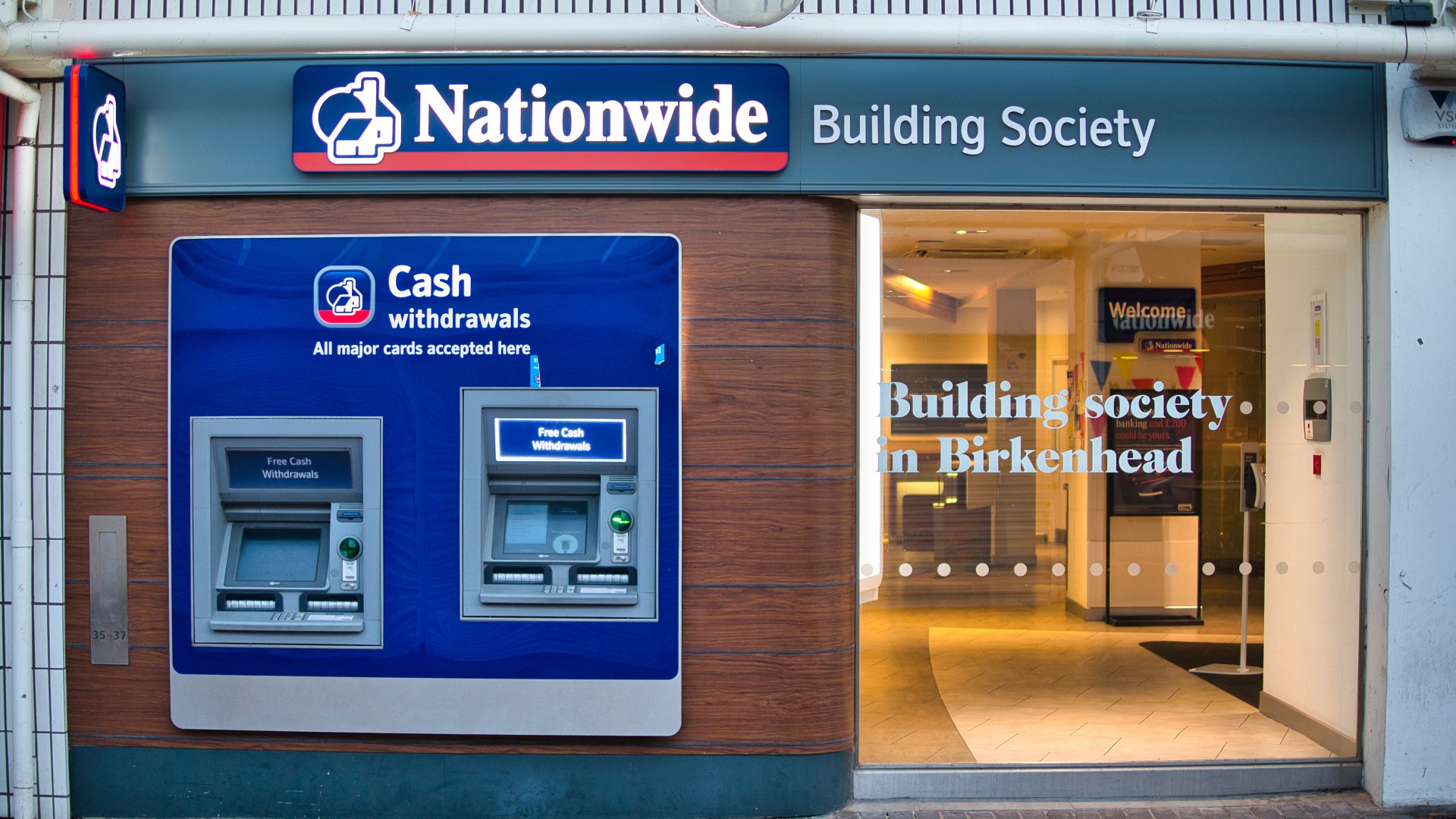Nothing is certain except death, taxes — and uncertainty. From the mundane (“what’s for breakfast?”) to the existential (“will AI replace humans?”), the human condition is inextricably bound to being unsure of what’s coming next. Uncertainty, David Spiegelhalter believes, “is all about us, but, like the air we breathe, it tends to remain unexamined”.
Taking a closer look has been Spiegelhalter’s stock in trade in a career spanning some five decades during which he has established himself as one of Britain’s most eminent statisticians. His 2019 book The Art of Statistics was a bestseller; during the Covid-19 pandemic, the Cambridge university emeritus professor of statistics acquired national treasure status as he helped an anxious nation interpret the data.
Another group of readers that might benefit is politicians who, Spiegelhalter writes, “find it extremely difficult to admit uncertainty” and “are even more challenged by admitting the provisionality of advice”.
Curiously, one word missing from the book’s full title is “probability”, and yet this is where our story begins. For at least 5,000 years, from Greece to Mongolia, humanity has fancied a flutter. Yet, despite millennia of people throwing objects and gambling on outcomes, it was only in 16th-century Renaissance Italy that probability — an “elusive phenomenon, incapable of direct observation and measurement” in Spiegelhalter’s words — came to be formalised as a discipline.
Around 1550 Gerolamo Cardano, who made, and lost, plenty of money gambling, distilled his accumulated wisdom into The Book on Games of Chance. In it he presented the first systematic computation of probabilities, listing all 36 basic outcomes with the roll of one die and another. While today my 11-year-old school students can replicate this, this was not obvious back then.
This is just one of Spiegelhalter’s delightfully instructive excursions into the past. Others include the story of how Casanova’s mathematical prowess led to an “extraordinarily successful French lottery” or how Halley (of comet fame) essentially invented the life insurance and annuity industry by observing ages of when people died.
More recently in 1961, President Kennedy was informed that the potential Bay of Pigs invasion of Cuba had a “fair chance of success”. The chiefs of staff were sceptical about the invasion proposal and actually gave it a 30 per cent probability of success. However, the brigadier drafting the report for Kennedy translated this into a “fair chance”, by which he actually meant “not too good”. It never occurred to him that not using a numerical probability might lead to a misunderstanding.
Disasters such as this illustrate the dangers of using words to express magnitude. The intelligence community has since learnt to be “more transparent about their degree of uncertainty”. A 2019 Nato technical report, magnificently titled Variants of Vague Verbiage, highlights how for UK intelligence, “likely” means 55 to 75 per cent whereas for Canada it is 70 to 80 per cent.

Super-forecasting — predicting election outcomes, investment decisions or disease outbreaks — often involves statistical models trying to quantify both low probabilities and high impacts. At the onset of the financial crisis in 2007, David Viniar, a number cruncher from Goldman Sachs, observed that analysts “were seeing things that were 25-standard deviation events, several days in a row”. These are events with a probability of about one in 10 to the power of 135 (that is one followed by 135 zeros).
To give this context, the chance of winning the UK lottery jackpot is about one in 45mn. So an event with a probability of one in 10 to the power of 135 is similar to winning this jackpot seventeen times on the bounce. It doesn’t take sharing my experience as a trader at US investment bank Lehman Brothers at the time of 2008 bankruptcy to tell you that financial models were inadequate in modelling extremes.
As he guides us through his story, Spiegelhalter comes across as a warm, personable and knowledgeable uncle trying to equip us with the tools to deal with uncertainty. He effortlessly shifts from trivial issues like the probability of pulling matching socks out of a drawer to more serious questions about the risk of cancer. As a maths teacher, I understand why Spiegelhalter apologetically writes that it is “impossible to completely avoid technical material when discussing probability”. Though the maths is kept to a minimum, you can still understand the big picture even if you skim over these dense thickets.
Yet, like a powerful movie sequel that does not quite hit the same heights as the original, The Art of Uncertainty lacks some of the fresh punch of Spiegelhalter’s earlier bestseller, with which it is perhaps best paired. That said, it is a useful and persuasive account that gets us to recognise, understand and ultimately accept uncertainty.
Uncertainty means none of us should feel we have to speak with “absolute and unchanging conviction”. After all, as he notes, “each of us wouldn’t be here were it not for a chain of apparently fortuitous occurrences”. Constitutive luck is a property of the person we were born as: we have no control over our parents, backgrounds, country or era. However, as with gamblers, we can make the best of the hand we have been dealt with.
The Art of Uncertainty: How to Navigate Chance, Ignorance, Risk and Luck by David Spiegelhalter Pelican £22, 512 pages
Bobby Seagull is a school maths teacher and author of ‘The Life-Changing Magic of Numbers’
Join our online book group on Facebook at FT Books Café and subscribe to our podcast Life and Art wherever you listen








































































































































You must be logged in to post a comment Login